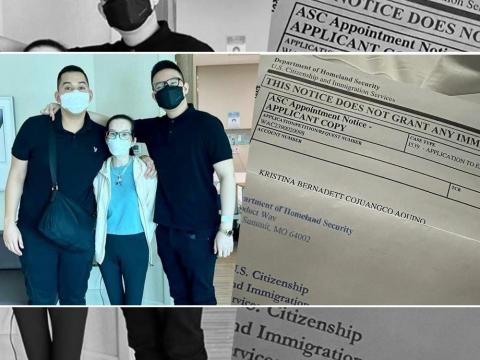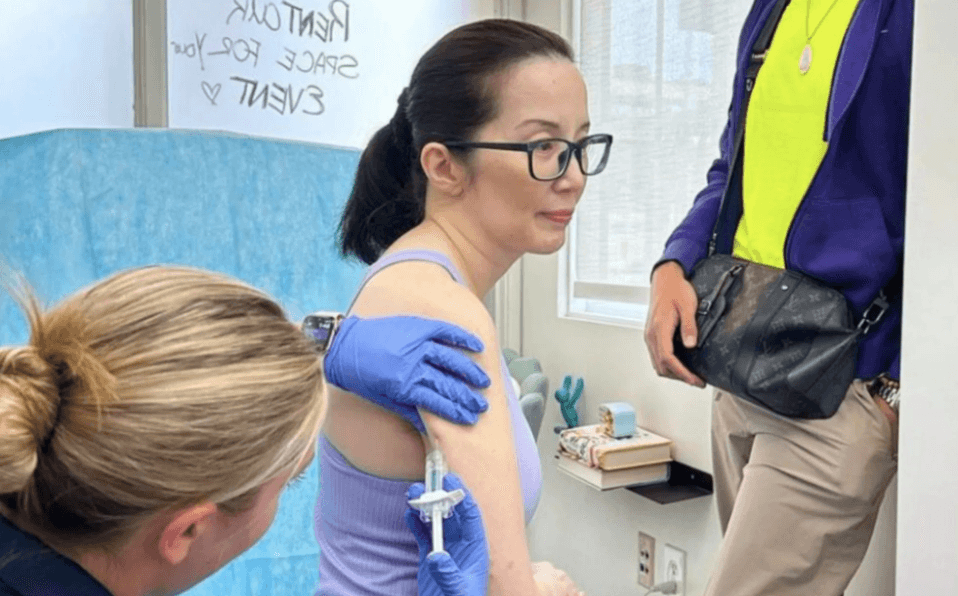What Is Churg-Strauss Syndrome? A Look Into Kris Aquino’s Autoimmune Battle

Kris Aquino, dubbed the “Queen of All Media,” has long been open about her health struggles. Among the conditions she revealed battling is Churg-Strauss Syndrome—a rare and serious autoimmune disease that most people have never even heard of. But what exactly is this condition that has contributed to her prolonged absence from the public eye and has left millions of fans worried?
In this article, we break down what Churg-Strauss Syndrome (also known as Eosinophilic Granulomatosis with Polyangiitis, or EGPA) really is, how it affects the body, and why it has been such a major concern in Kris Aquino’s ongoing health journey.
Understanding Churg-Strauss Syndrome (EGPA)
Churg-Strauss Syndrome is a rare autoimmune disease that causes inflammation of small- to medium-sized blood vessels, a condition known as vasculitis. The disease is systemic, meaning it can affect multiple organs and tissues, especially the lungs, skin, heart, gastrointestinal tract, and nervous system.
One of the defining features of this condition is the overproduction of eosinophils, a type of white blood cell involved in allergic reactions and immune responses. In people with Churg-Strauss Syndrome, these cells infiltrate tissues and cause damage to blood vessels and surrounding organs.
Three Phases of the Disease
The condition usually progresses in three phases:
-
Allergic Phase
This often includes asthma, sinusitis, and nasal polyps. Many patients, like Kris, first experience worsening asthma that becomes difficult to control.
Eosinophilic Phase
This phase involves a dramatic increase in eosinophils in the blood and tissues. This can lead to inflammation in organs like the lungs and gastrointestinal tract, causing symptoms such as coughing, abdominal pain, and unexplained weight loss.
Vasculitic Phase
In the final phase, inflammation damages blood vessels, leading to potentially life-threatening complications involving the heart, kidneys, and nerves. Patients may experience numbness, weakness, chest pain, or skin rashes.

Symptoms of Churg-Strauss Syndrome
The symptoms can vary widely but may include:
Severe or worsening asthma
Chronic sinus infections
Skin rashes or purple spots (purpura)
Weight loss
Numbness or tingling in limbs (peripheral neuropathy)
Abdominal pain
Shortness of breath
Fatigue and fever
Muscle and joint pain
Because it mimics more common conditions in its early stages, Churg-Strauss is often misdiagnosed, which delays treatment and worsens prognosis.
Why Is It So Dangerous?
Churg-Strauss Syndrome is not just uncomfortable—it can be life-threatening if left untreated. The vasculitis component can damage vital organs like the heart, which is one of the leading causes of death in patients with the disease.
In Kris Aquino’s case, she has publicly shared how the disease has affected her weight, energy levels, immune system, and quality of life. She also reportedly suffers from other autoimmune-related complications, making her treatment and recovery especially complex.

How Is It Diagnosed?
Diagnosis is difficult due to the rarity and complexity of the disease. Doctors typically use a combination of:
Blood tests (e.g., elevated eosinophils, inflammatory markers)
Tissue biopsies
Imaging tests (X-rays, MRIs, CT scans)
Electromyography (to assess nerve damage)
There’s no single test that confirms EGPA, which is why diagnosis often requires collaboration among rheumatologists, pulmonologists, neurologists, and other specialists.
Treatment Options
There is no known cure for Churg-Strauss Syndrome, but it can often be managed with long-term immunosuppressive therapy, including:
Corticosteroids (e.g., prednisone) – to reduce inflammation
Immunosuppressive drugs (e.g., azathioprine, methotrexate)
Biologics like mepolizumab – a newer option that targets eosinophils specifically
Treatment can be lifelong, and it often comes with severe side effects. Patients like Kris must be constantly monitored for infections, organ function, and medication toxicity.
How Rare Is It?
Churg-Strauss Syndrome affects an estimated 10 to 15 people per million per year. It’s most often diagnosed between ages 30 and 50, and appears to affect both men and women. Because it’s so rare, there’s limited awareness and funding for research, making public disclosures like Kris Aquino’s incredibly valuable.
Kris Aquino’s Journey: Why It Matters
Kris has been open about the impact this illness has had on her physical and emotional well-being. Fans have seen her weight fluctuate drastically, her energy levels decline, and her public appearances grow fewer and farther between.
“I’m fighting every day,” Kris once said in a tearful update. “But I still believe in healing—whether it’s from medicine, prayers, or love.”
By speaking about her diagnosis, Kris is not just updating fans—she’s helping raise awareness about a condition many doctors themselves rarely see.
Her story also highlights the emotional and financial toll of chronic illness, especially in countries where treatment options can be limited or extremely expensive.
A Call for Compassion and Understanding
In an age where social media can amplify both truth and cruelty, Kris Aquino’s story is a reminder that behind the glitz of fame are very real struggles. Autoimmune diseases like Churg-Strauss Syndrome often come with visible and invisible scars.
By choosing to share her battle, Kris is paving the way for empathy, awareness, and perhaps even better funding for rare diseases.
Conclusion
Churg-Strauss Syndrome may be rare, but for Kris Aquino—and the countless others silently suffering—it’s a daily reality filled with fear, fatigue, and uncertainty. And yet, she continues to fight, to hope, and to live, supported by faith, her children, and millions who pray for her recovery.
If you or someone you know is experiencing unusual symptoms like severe asthma, chronic sinusitis, or unexplained weight loss, it’s worth asking your doctor about rare autoimmune conditions. Early diagnosis can save lives.






